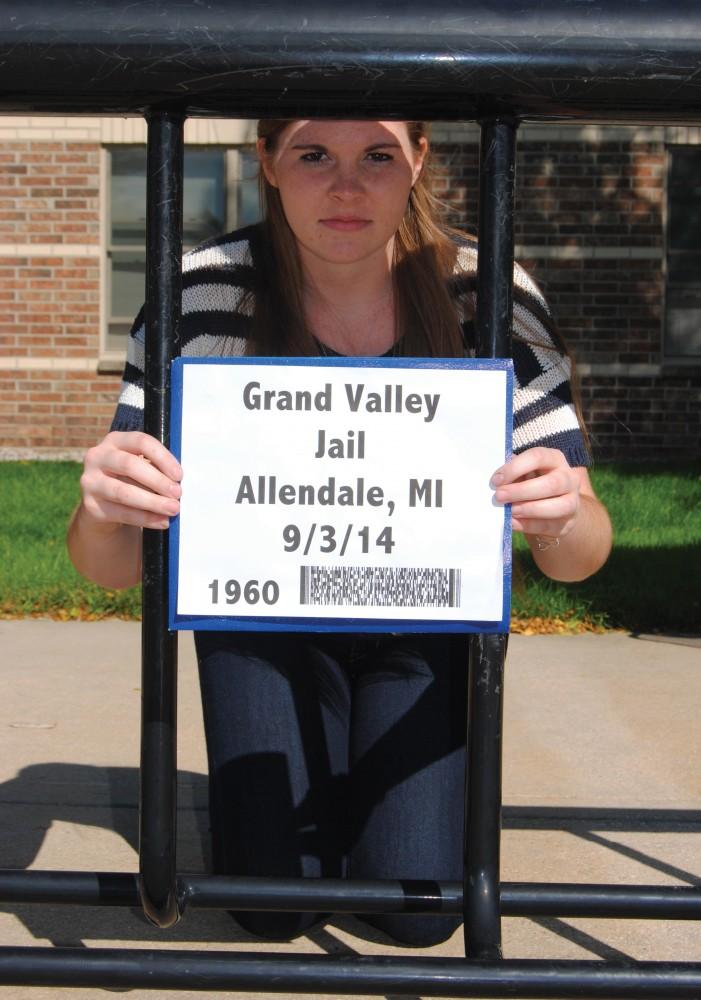GV mythbusters: Was campus ever going to be a prison?

GVL / Brianna OlsonStephanie Button
Sep 3, 2014
By Hannah Lentz
While we may not have a Hollywood special effect expert dedicated to testing out urban legends, the Grand Valley Lanthorn is committed to taking those rumors you heard freshman year and finding out the truth. Up first in the series: Was freshman traditional style housing set to become a prison if the university failed?
After talking to Vice President for University Relations Matt McLogan and Capt. Brandon DeHaan, assistant director of the Department of Public Safety, the verdict is that this “myth” is completely busted. It seems to be that this rumor about Copeland, Kistler and Robinson Halls is simply an urban legend that seems to be recycled every few years, perhaps when those students for whom it has been debunked are replaced with those who have yet to hear the story.
For those who have been exposed to this campus-wide hearsay, the answer behind the design plan of these living centers happens to be much less Hollywood and much more architecturally based.
“Actually, the ‘wavy’ residence halls were designed by an architect who thought it would be clever to have the shape of the buildings mirror the shape of the ravines that (are around) them,” McLogan said. “Also, the state of Michigan, which builds prisons, does not review, design, finance or construct university residence halls. That work is the responsibility of each university.”
Historically, in the mid-1970s, GVSU went through a trying time with reduced job prospects and state appropriations. In 1973, there were disagreements about the curriculum of Thomas Jefferson College and legislators’ opinions on university policies in the Grand Rapids Press. Additionally, GVSU was feeling the pressure of a drop in enrollment in liberal arts schools with more and more students turning toward educations in business and professional education due to a lack of jobs.
At this time is when the rumor of GVSU’s prison potential first made an appearance on campus. Though the rumor has changed and varied slightly over the years, the rumor at the start was that the legislature was considering closing a number of state-funded institutions of higher education, and as part of that plan, GVSU would be turned into a prison. Real proof or documentation of that plan does not exist in the GVSU archives or any private or public collection searched for this history.
“I’m sure if GVSU did not continue as a university, those halls would be used for another university purpose,” DeHaan said. “These facilities were built to be residence halls for Grand Valley students.”
As another school year comes into full swing and the rumor of the “prison dorms” makes its way around the freshman residence halls, this GVSU myth is simply that – a myth and nothing more.

























